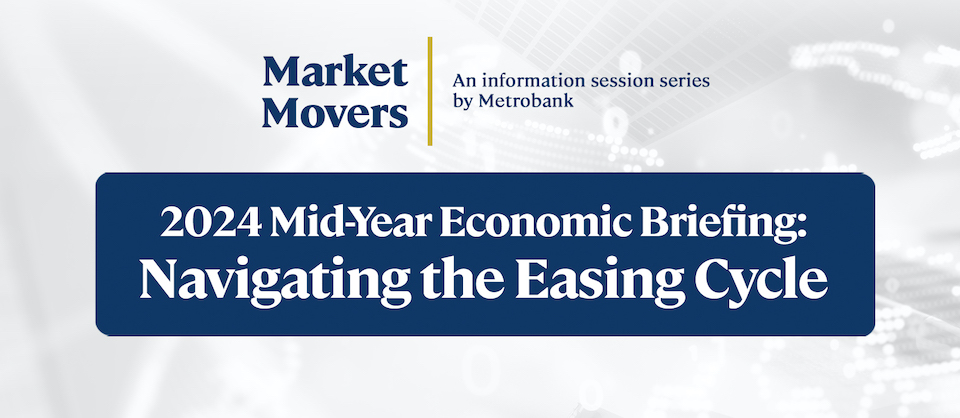Gold prices rose to a record high on Wednesday as uncertainty over the US presidential election boosted safe-haven demand, with traders also awaiting economic data for cues on the Federal Reserve’s policy path.
Spot gold rose 0.5% to $2,788.87 per ounce by 9:55 a.m. ET (1355 GMT), after reaching an all-time high of USD 2,789.73 earlier in the session.
U.S. gold futures settled 0.7% higher at USD 2,800.8.
“We have elections coming up, the political climate here is just very uncertain, the Fed is cutting interest rates, prospects of Russia, Ukraine,” said Daniel Pavilonis, senior market strategist at RJO Futures.
“There’s just so much out there to push gold higher, and all the negative news out there is what gold is really looking for. The next step higher is probably USD 2,850,” Pavilonis said.
The US Presidential election season is reaching its climax on Nov. 5, with tight polling between Republican former President Donald Trump and Democratic Vice President Kamala Harris.
Gold, traditionally a hedge during geopolitical instability, has surged 35% this year, on course for its best annual performance since 1979. Low interest rates have further supported the rally.
Gold may reach USD 3,000 by 2025 amid emerging market concerns, gold ETF inflows, and post-election market adjustments, said Dominik Sperzel, head of trading at Heraeus Metals Germany. GOL/ETF
Meanwhile, data showed US private payrolls growth surged by a higher-than-expected 233,000 jobs in October, despite fears of temporary disruptions from hurricanes and strikes. The US gross domestic product increased at a 2.8% annualized rate.
Fed policymakers are expected to cut rates by a quarter-point next week. Markets are also focused on US Personal Consumption Expenditures and payrolls data, due Thursday and Friday.
Palladium dropped 5.8% to USD 1,151.75 per ounce, after reaching a 10-month high on Tuesday.
According to a trader, there are bets that there are going to be no sanctions on Russian palladium if Trump wins next week. This is creating space for the market to pay more attention to signals that the situation is easing for Sibanye Stillwater
Spot silver lost 1.7% to USD 33.87 per ounce, while platinum slid 2.8% to USD 1,014.10.
(Reporting by Anjana Anil and Anushree Mukherjee in Bengaluru; Editing by Tasim Zahid and Shreya Biswas)







 DOWNLOAD
DOWNLOAD













